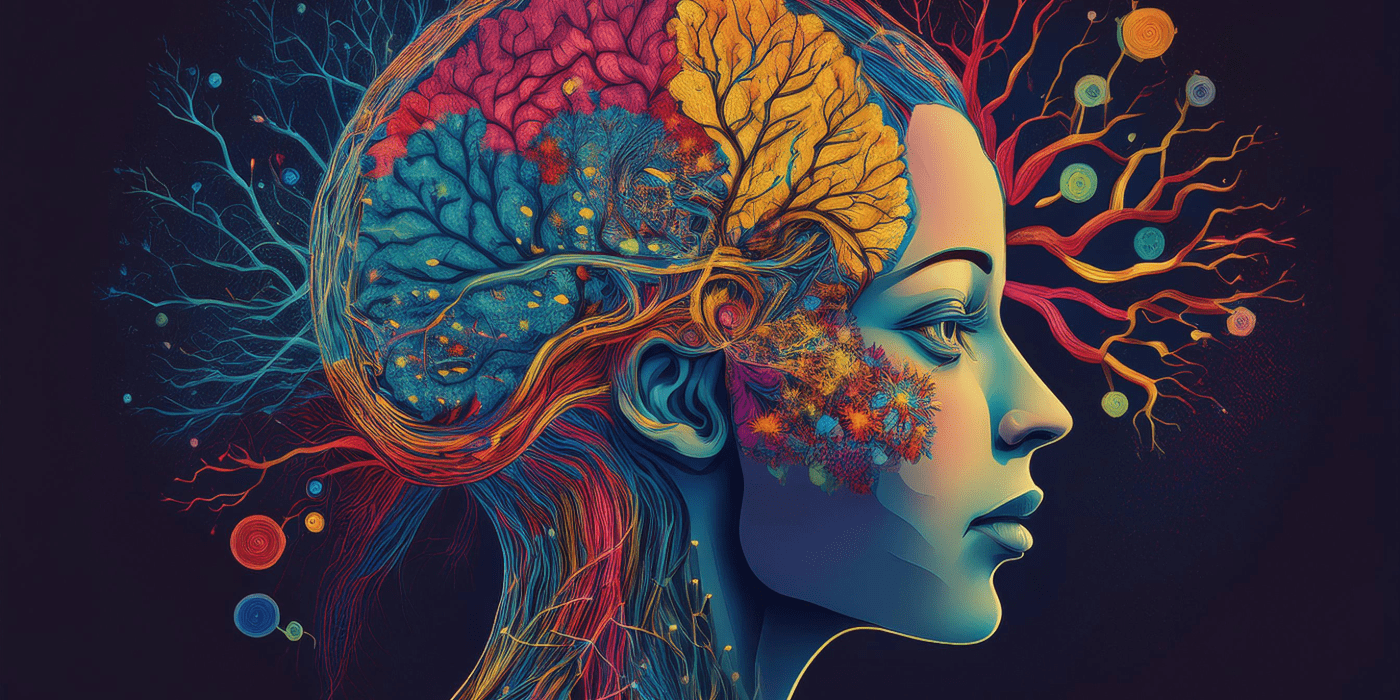Have you ever walked into a room, made eye contact with someone, and instantly felt like you understood them before saying a single word? Or perhaps you’ve had a conversation where the words felt almost secondary, and the connection was undeniable? That’s your brain working its magic, communicating on levels we’re often unaware of.
Welcome to the fascinating world of the neuroscience of connection, where our brains are the ultimate communicators, syncing with others in ways that words alone can’t. Let’s explore how this works, why it matters, and how you can harness this knowledge to become a better communicator. 🚀
The Science Behind Brain-to-Brain Communication 🌐
Our brains are wired for connection, literally. Neuroscientists have discovered that when we interact with others, our brains sync up through processes like neural mirroring and empathic resonance.
Key Concepts:
- Mirror Neurons: These special neurons fire both when we perform an action and when we observe someone else performing the same action. They’re why you flinch when someone else stubs their toe or smile when you see someone laugh.
- Brainwaves: When we’re deeply engaged with someone, our brainwaves start to align. This phenomenon, called inter-brain synchrony, is why great conversations feel so electric.
- Oxytocin: Often called the “love hormone,” oxytocin enhances trust and bonding, making connections feel deeper and more genuine.
Your Brain Speaks Volumes Before You Do 🧠💬
Before a single word leaves your mouth, your brain is already broadcasting signals. Nonverbal cues like facial expressions, posture, and tone of voice are orchestrated by your brain to communicate intent and emotion.
Why Nonverbal Communication Matters:
- It’s Universal: Unlike words, nonverbal cues are understood across cultures. A smile, for instance, is universally recognized as a sign of warmth.
- It’s Honest: Your brain’s nonverbal signals are harder to fake, making them a reliable indicator of true feelings.
- It Sets the Tone: The first few seconds of any interaction are dominated by nonverbal communication, setting the stage for what follows.
Building Better Connections: Lessons from Neuroscience 🛠️
Knowing how your brain communicates can help you forge stronger, more meaningful connections. Here are some practical tips grounded in neuroscience:
1. Be Present
When your mind is elsewhere, your brain struggles to sync with others. Focus fully on the person you’re interacting with to create a deeper connection.
2. Mirror, Don’t Mimic
Subtly matching someone’s body language or tone can build rapport. Your mirror neurons naturally help with this, so don’t overthink it.
3. Use Eye Contact Wisely
Eye contact activates brain regions associated with empathy and trust. Aim for natural, consistent eye contact to strengthen connections.
4. Practice Active Listening
Listening isn’t just about hearing words; it’s about picking up on emotions and intentions. Your brain’s ability to mirror these cues enhances understanding.
5. Harness the Power of Touch
A handshake, pat on the back, or friendly touch can release oxytocin, reinforcing trust and connection—just ensure it’s appropriate for the context.
Challenges to Connection: When Your Brain Gets in the Way ⚠️
Despite its brilliance, your brain isn’t perfect. Stress, biases, and distractions can disrupt communication. Here’s how to tackle these hurdles:
- Stress: High cortisol levels can hijack your brain, making you less empathetic. Practice mindfulness to stay grounded.
- Biases: Your brain’s shortcuts can lead to assumptions about others. Stay curious and challenge your perceptions.
- Distractions: Multitasking disrupts brain synchrony. Give conversations your full attention to foster genuine connections.
Why This Matters: The Bigger Picture 🌍
Understanding the neuroscience of connection isn’t just about improving your personal relationships, it’s a game-changer for professional communication, teamwork, and leadership. Strong connections:
- Boost Collaboration: Synchronized brains work better together, making teamwork more seamless.
- Enhance Persuasion: People are more likely to trust and follow someone they feel connected to.
- Reduce Conflict: Better communication leads to fewer misunderstandings and smoother resolutions.
Wrapping It Up 🔎
Your brain is a natural communicator, constantly sending and receiving signals that shape your interactions. By understanding the neuroscience of connection, you can become more intentional in engaging with others personally and professionally.
So next time you’re in a conversation, remember: your brain is doing a lot of the heavy lifting (Neuroscience of Connection). All you need to do is stay present, stay curious, and let the magic of connection unfold. 🧠✨




